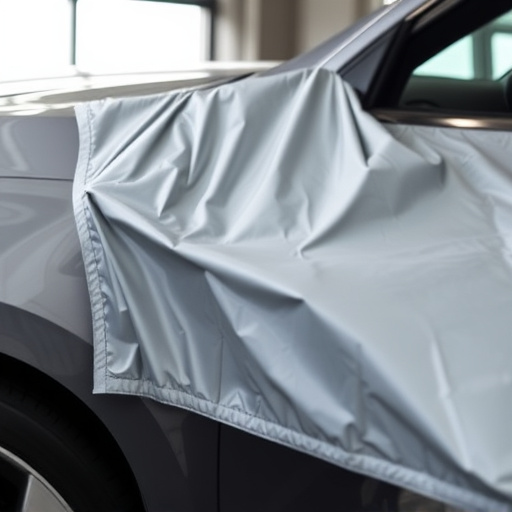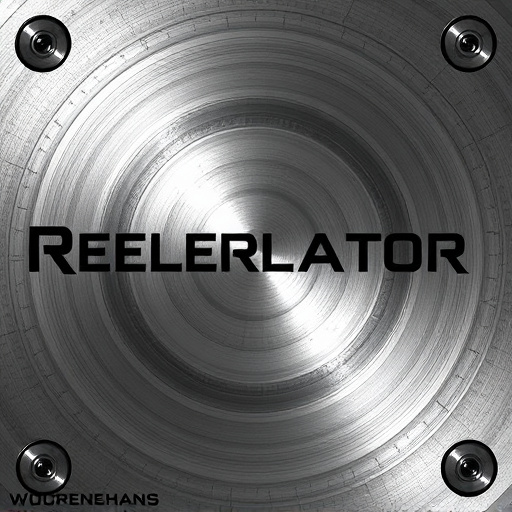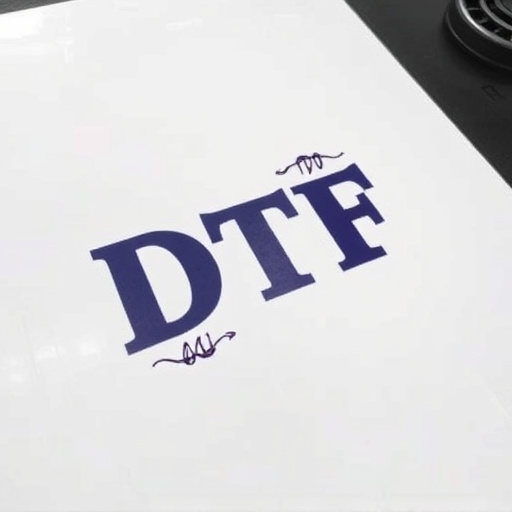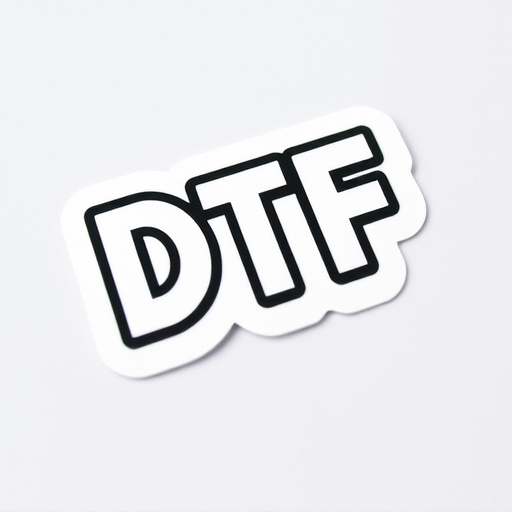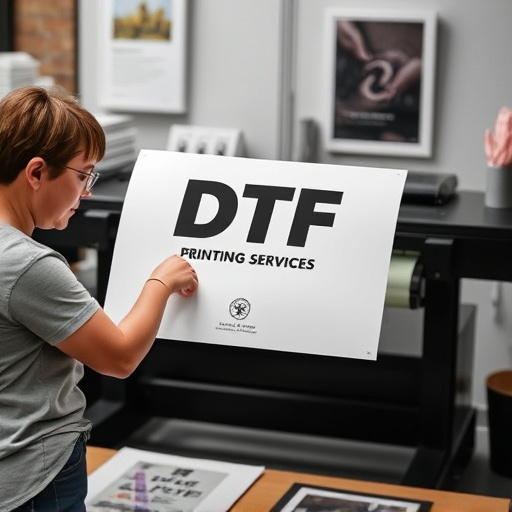Proper preparation and attention to detail are key to achieving high-quality UV DTF transfers, minimizing errors like misaligned designs, uneven ink application, and subpar prints. Double-checking data entries against design specs prevents misalignments and color inaccuracies, while understanding the layout of DTF Transfer Sheets ensures optimal print quality on various materials, especially custom shirt transfers.
“Unleash the power of DTF Transfer Sheets, a game-changer in data migration! However, navigating this tool isn’t without its pitfalls. From preparation mishaps like incomplete data entry and layout misunderstandings to process execution errors, such as overlooking file formats and inadequate testing, common mistakes can lead to data corruption, transfer failures, and system incompatibility. This article guides you through these traps, offering insights on prevention and best practices for a seamless DTF Transfer Sheet experience.”
- Preparation and Setup Errors
- – Incomplete or inaccurate data entry
- – Misunderstanding the sheet layout and functionality
Preparation and Setup Errors
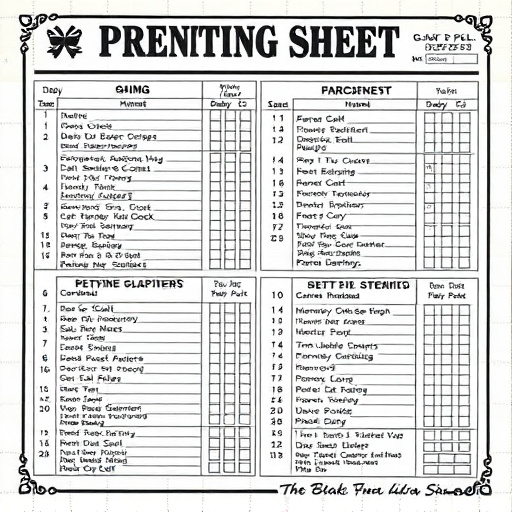
Preparation and Setup Errors are among the most frequent issues encountered when using DTF Transfer Sheets. Users often rush into the process, forgetting that proper setup is crucial for achieving high-quality results with UV DTF transfers. This can lead to misaligned designs, uneven application of ink, and overall subpar prints. Following detailed DTF application instructions and utilizing tools like a DTF gang sheet builder can significantly minimize these mistakes.
These errors not only waste materials but also affect the final product’s aesthetics. Ensuring that the transfer sheet is correctly positioned over the substrate, with no air bubbles or creases, is essential. Additionally, using a clean, flat surface and double-checking the alignment before proceeding with the UV curing process can prevent many potential issues. Remember, attention to detail during preparation will pay off in the quality of your final prints.
– Incomplete or inaccurate data entry

Incomplete or inaccurate data entry is one of the most common mistakes users make when utilizing DTF Transfer Sheets. This can occur due to a variety of reasons, such as rushed work, lack of attention to detail, or misunderstood specifications. When data is entered incorrectly into the transfer sheet, it can lead to errors in the final product, including misaligned designs, incorrect colors, and inaccurate logos. These issues can be particularly problematic when dealing with intricate patterns or precise color matching, such as those required for high-quality DTF transfers.
To mitigate these problems, users should double-check their entries and ensure they match the intended design specifications. Accurate data input is crucial, especially when aiming for seamless DTF logo transfers or achieving the perfect dtf color matching. By taking an extra moment to verify each piece of information, users can save time and effort in the long run, ensuring their DTF Transfer Sheets are not only complete but also precise and error-free.
– Misunderstanding the sheet layout and functionality
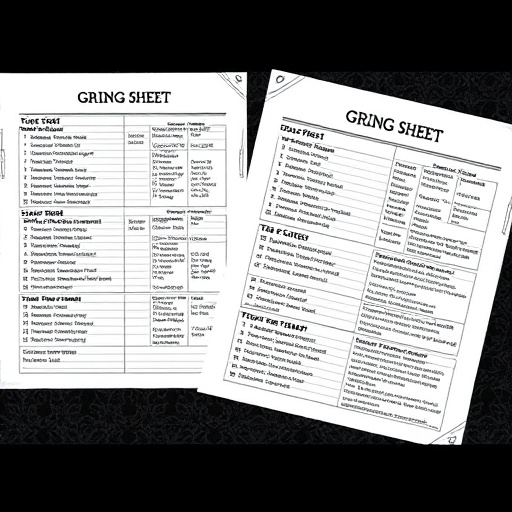
Many users new to DTF Transfer Sheets often stumble upon a common pitfall: mistaking the sheet’s layout and functionality. These sheets are designed with precision and specificity, where each element plays a crucial role in the transfer process. The arrangement of design areas, color channels, and settings is not merely aesthetic; it ensures optimal print quality on various materials, especially when creating custom DTF transfers for dtf printed shirts. Understanding this layout is key to avoiding errors in your designs, from misaligned graphics to incorrect color profiles.
When utilizing DTF Transfer Sheets, whether through online ordering or local printing, remember that the sheet’s functionality extends beyond its visual appearance. Each section and setting contributes to the final print quality, making it essential to familiarize yourself with the sheet’s layout before applying your design. This step guarantees that when you place an order for dtf printed shirts, the result will be a vibrant, crisp transfer that enhances your creative vision.
Using DTF Transfer Sheets can streamline processes, but common mistakes like incomplete data entry and misunderstanding the layout hinder their effectiveness. To avoid these traps, ensure accurate data input and take time to understand the sheet’s functionality. With proper preparation, DTF Transfer Sheets can become powerful tools for efficient transfer and management of your data.



